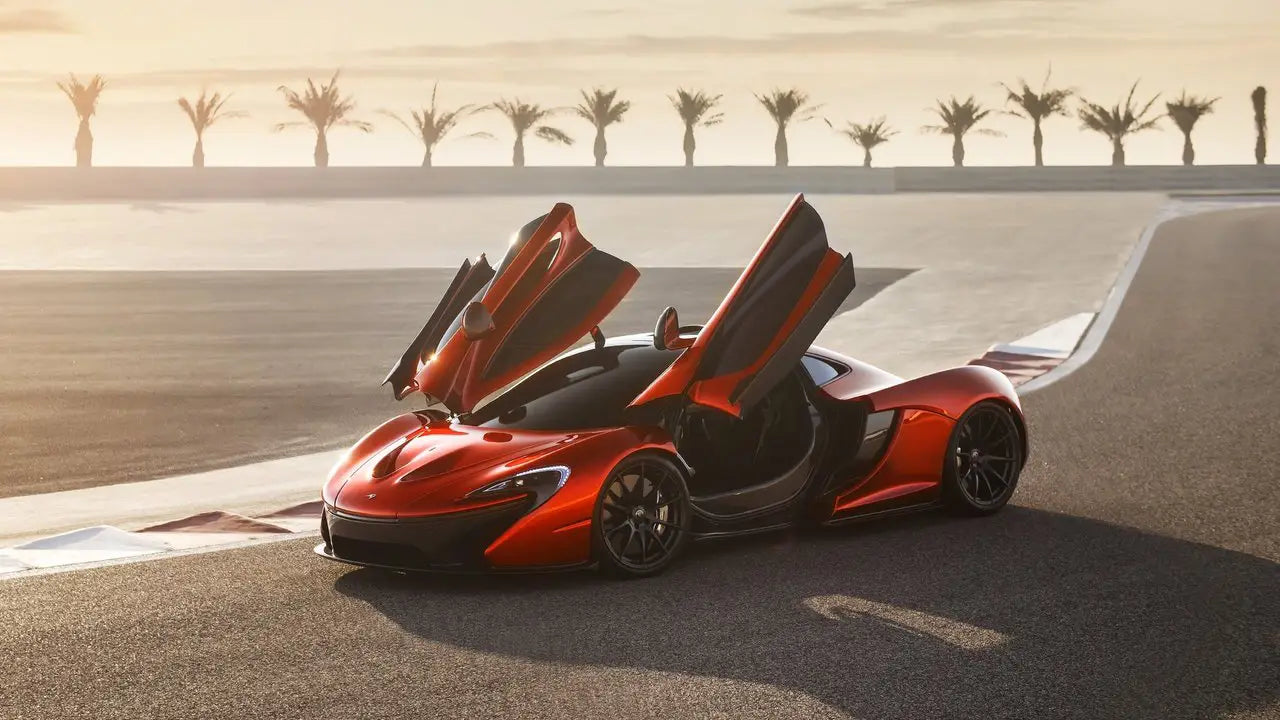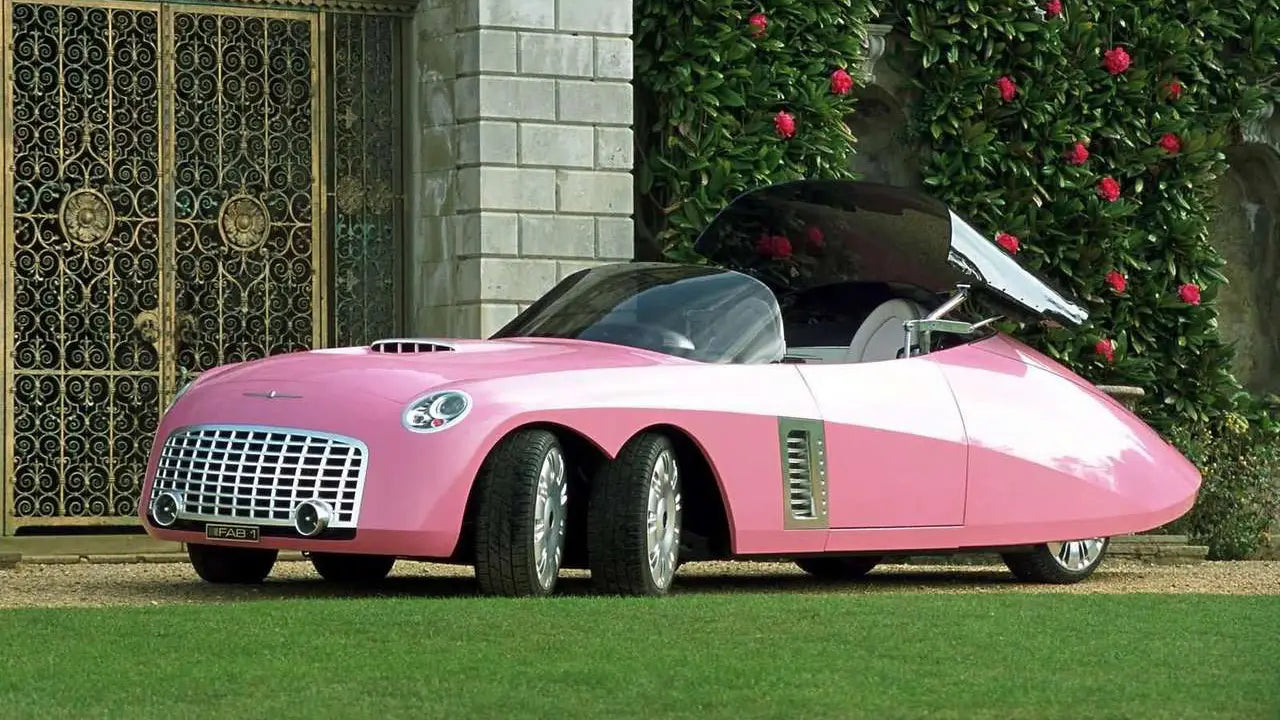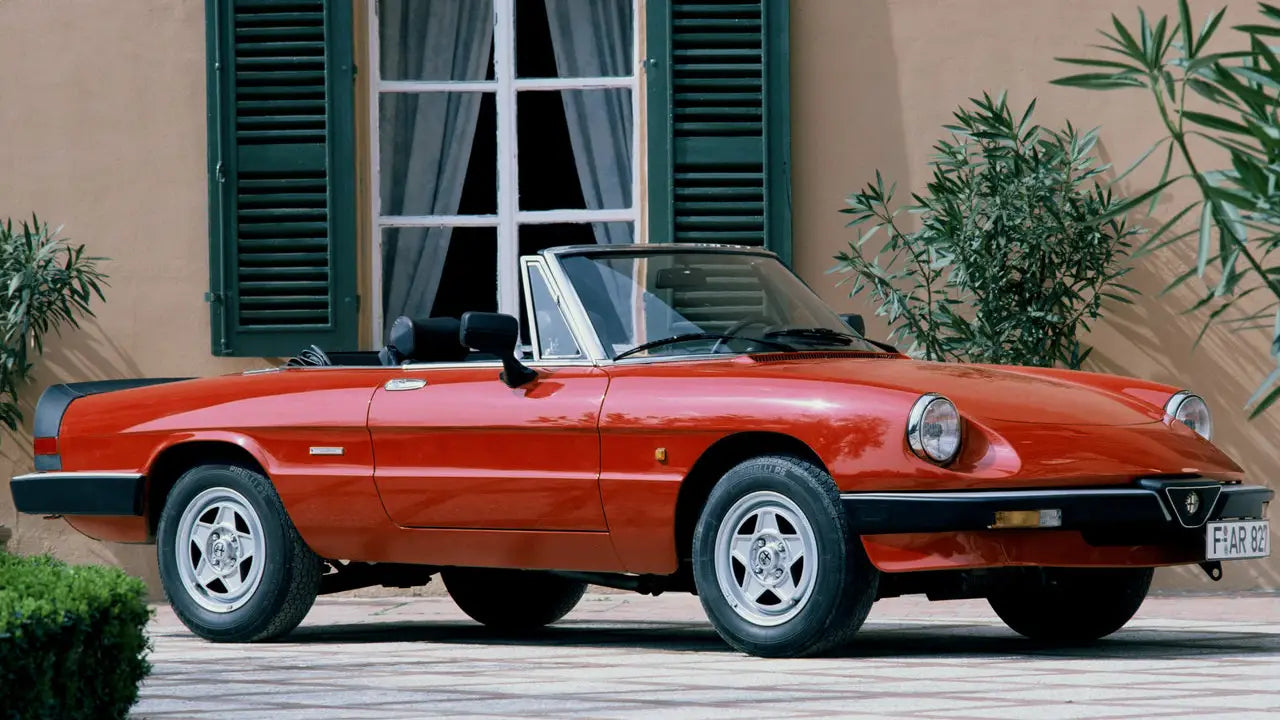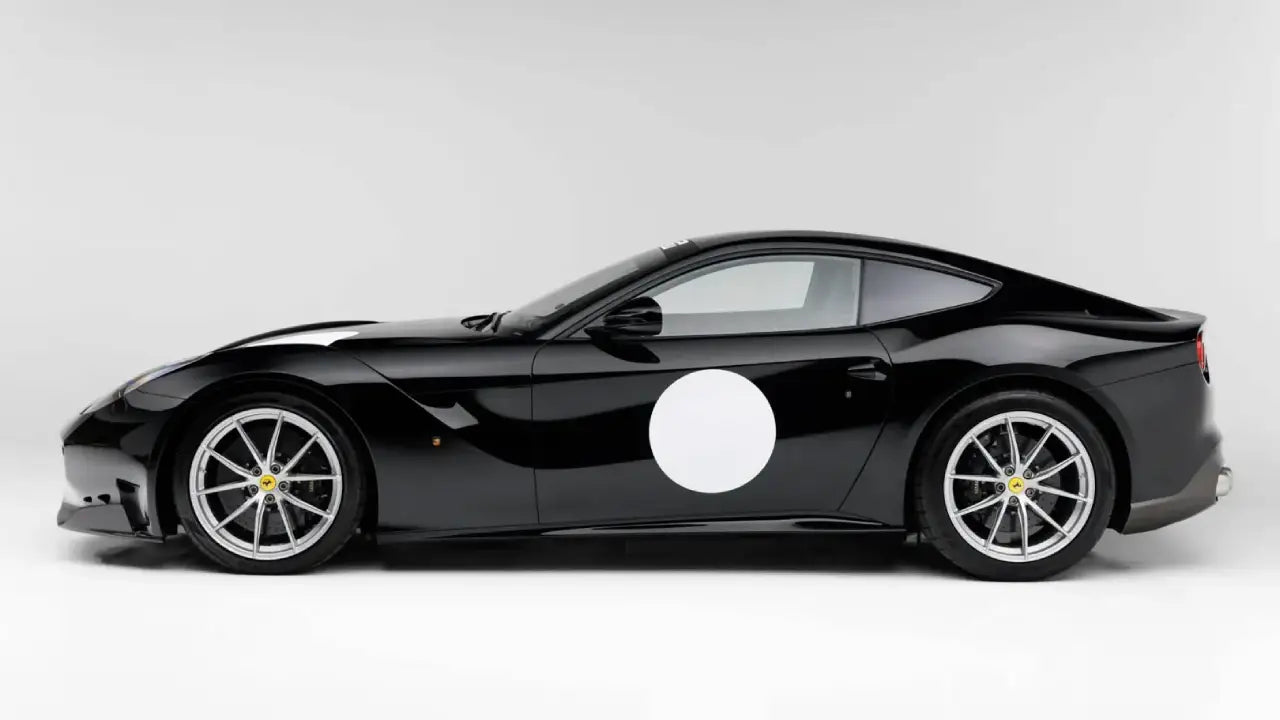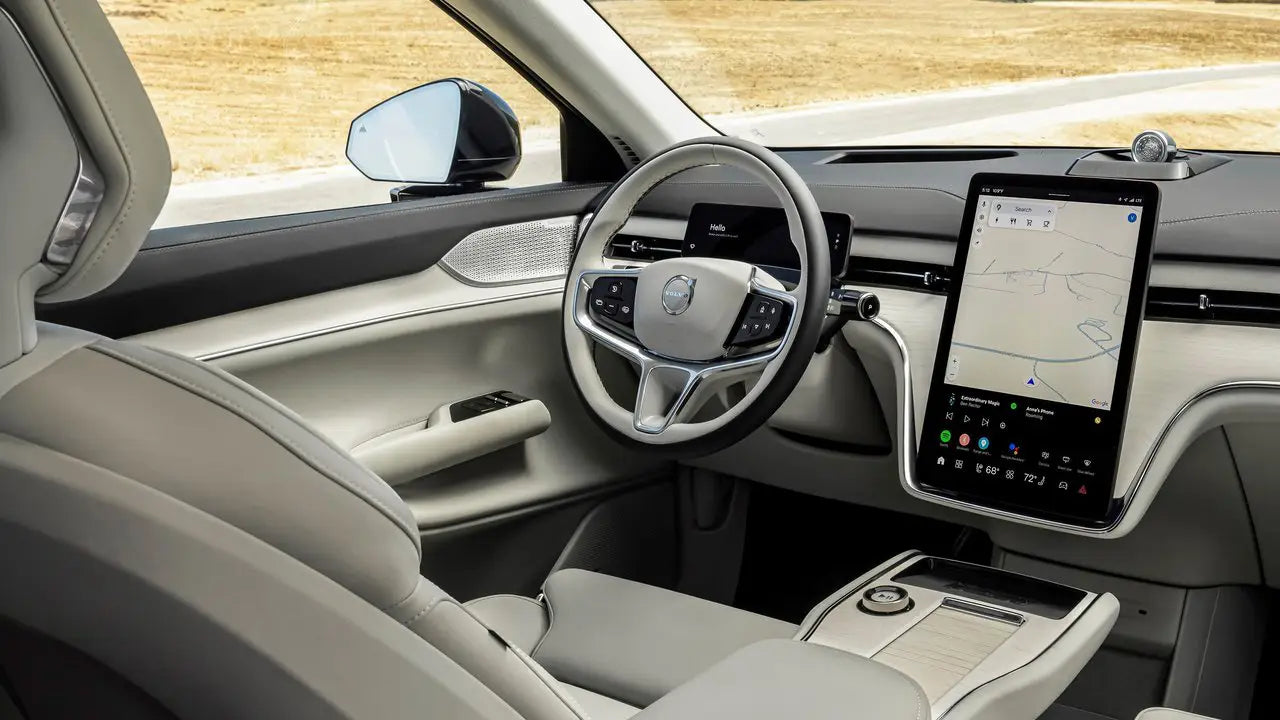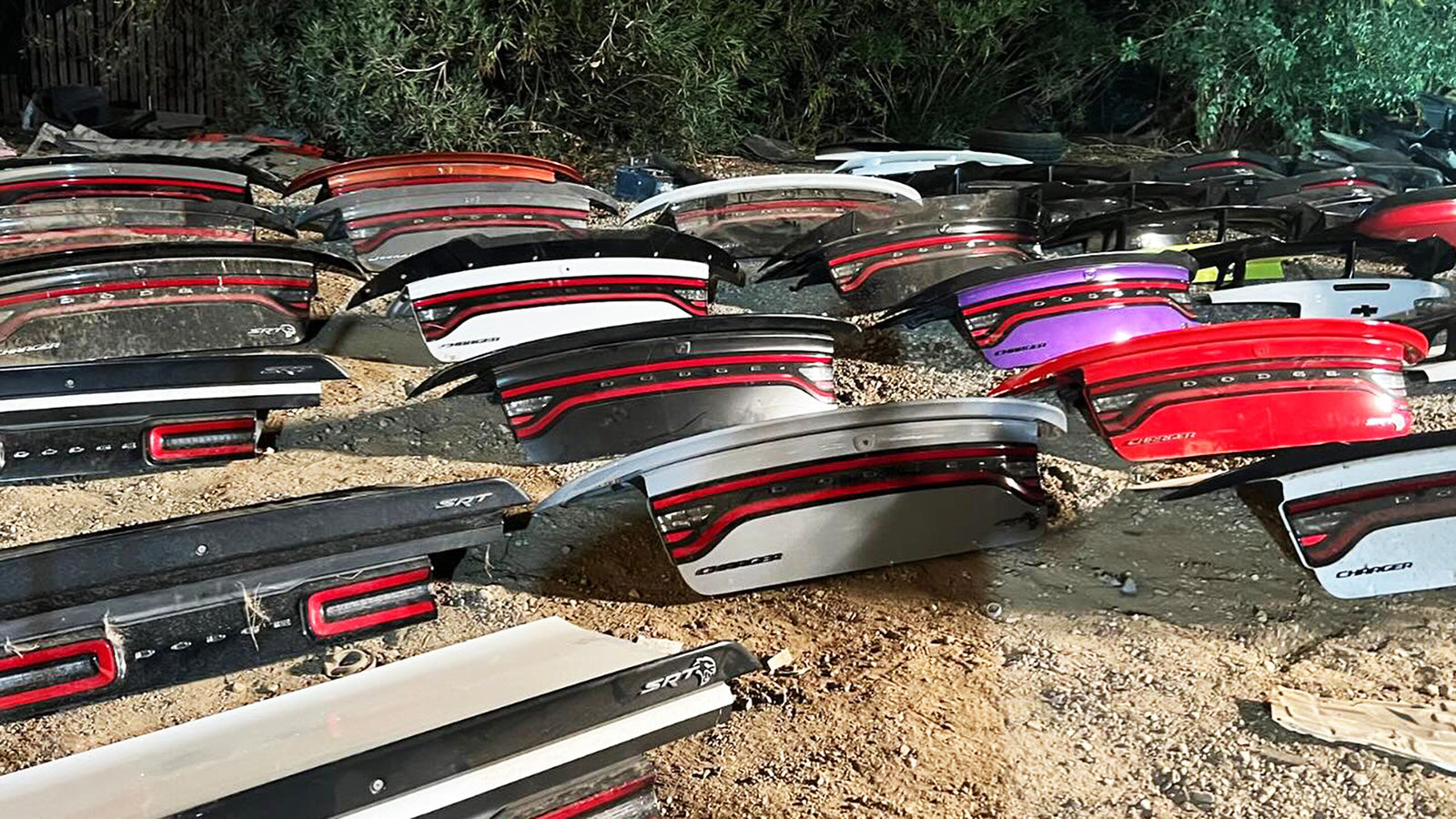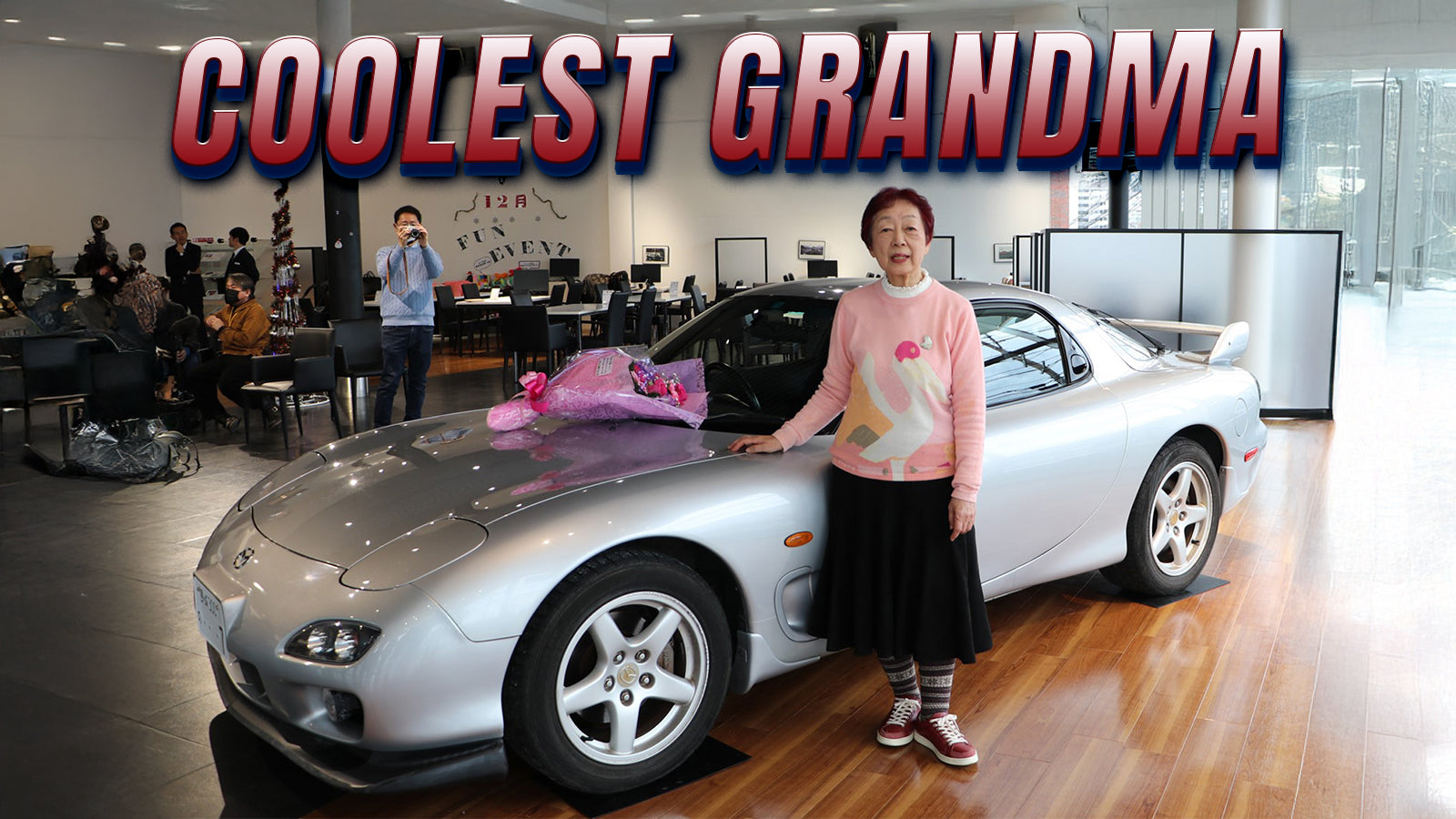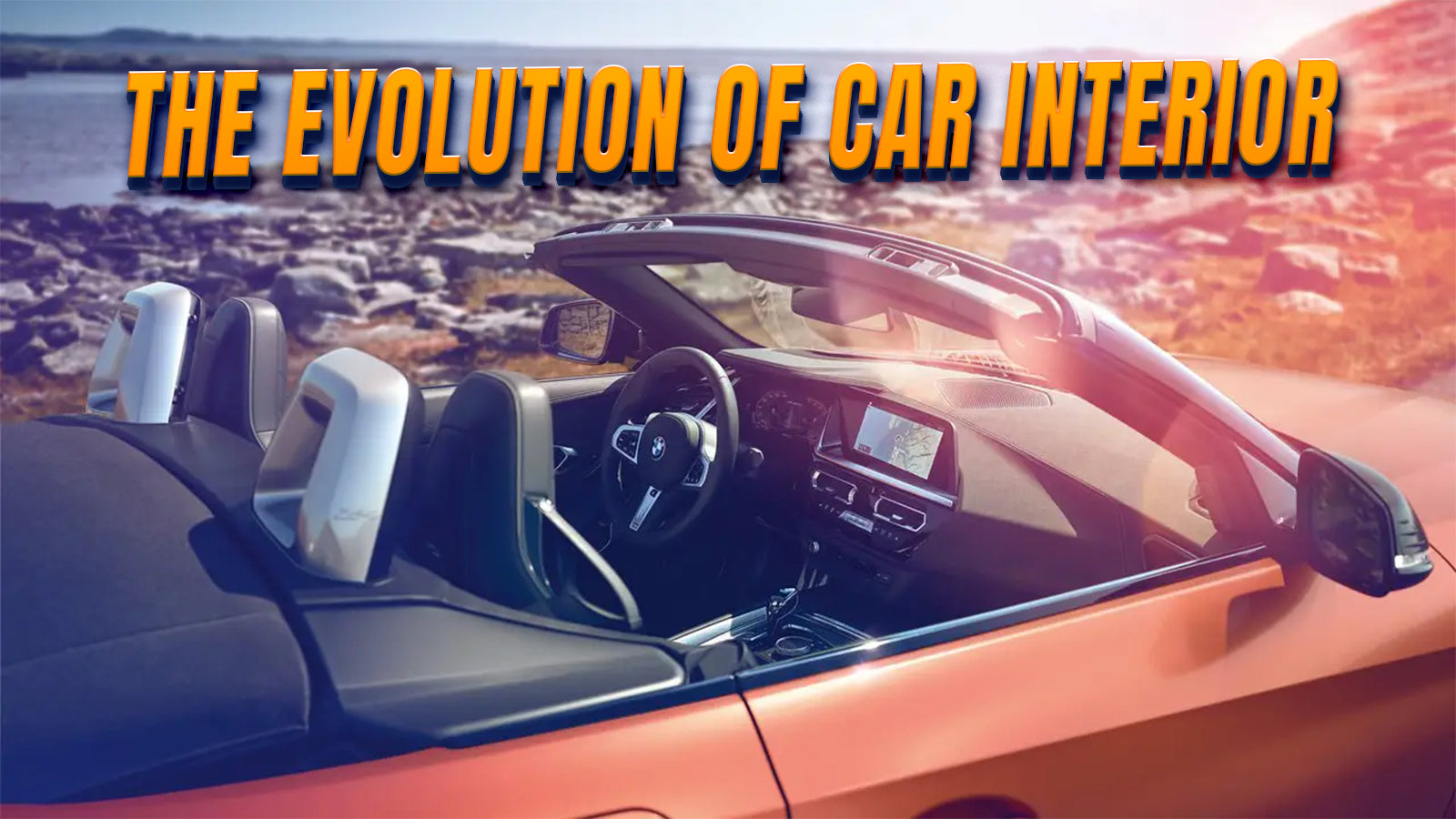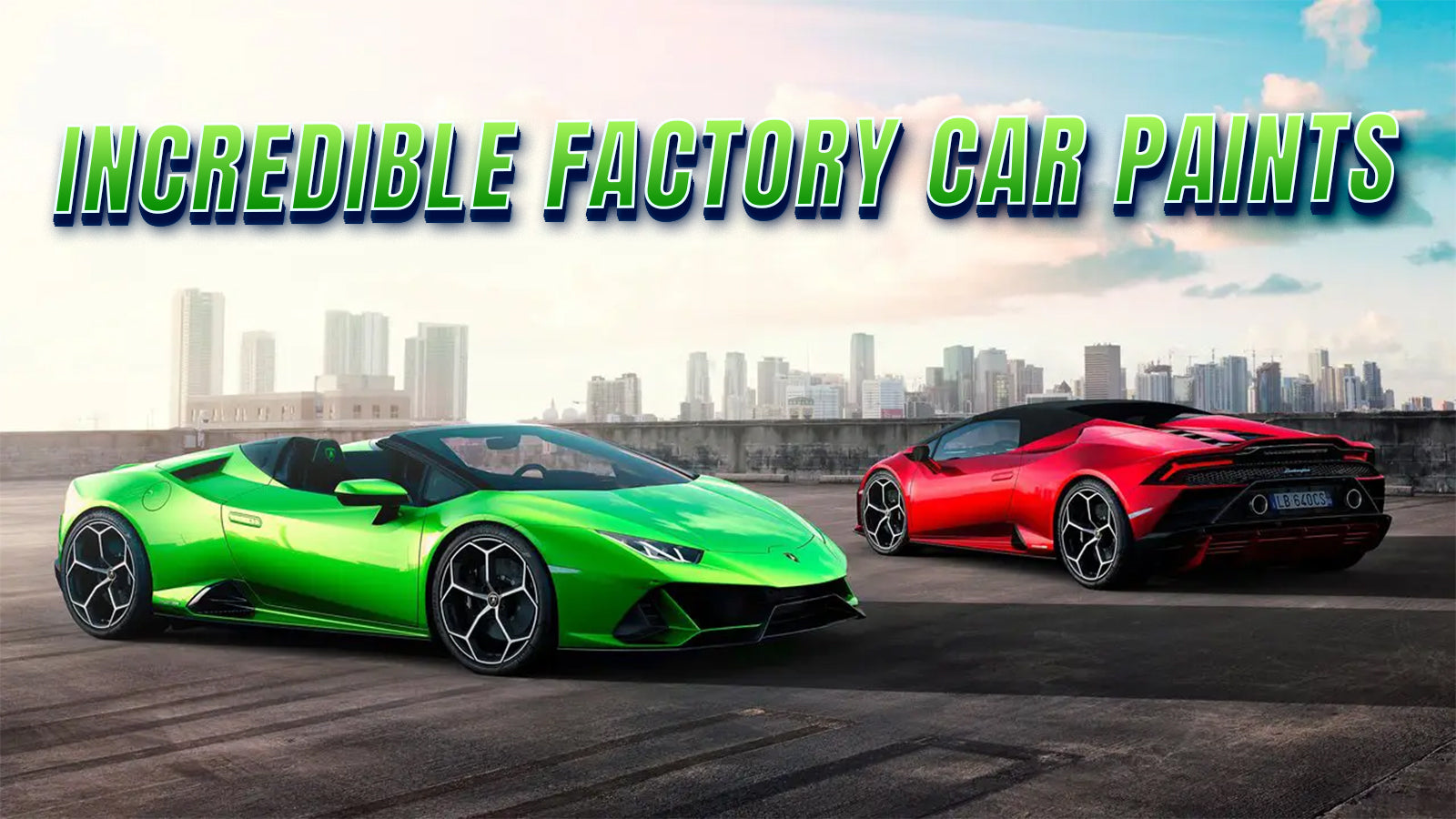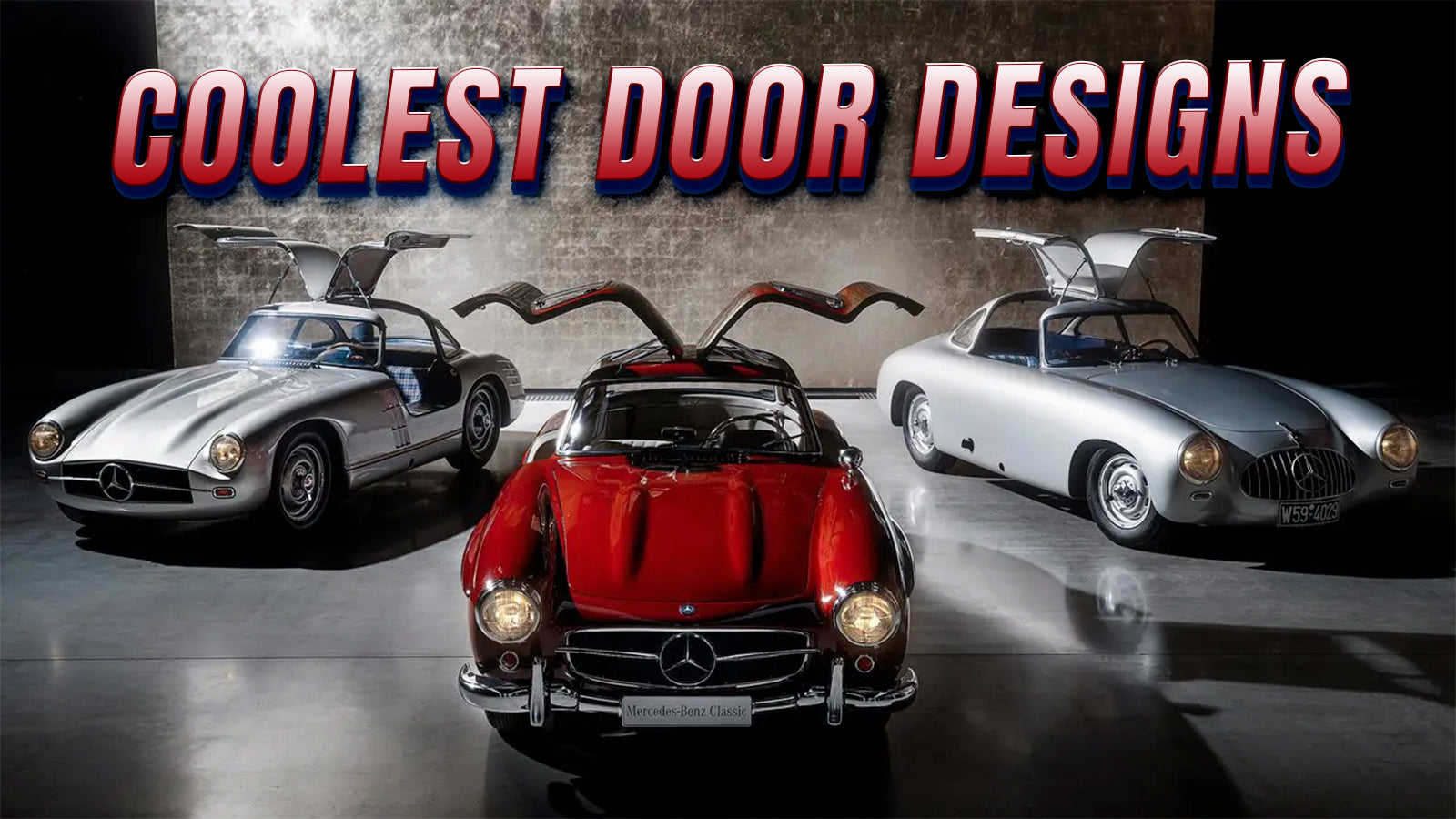Some cars are built to be simple and reliable; others are designed with mind-bending complexity that pushes the limits of engineering. Whether it was a retractable roof ahead of its time, an over-the-top luxury feature, or a hypercar stuffed with cutting-edge technology, these vehicles proved that innovation often comes at a price—sometimes in performance, sometimes in maintenance headaches. Let’s look at some of the most complicated cars ever made that reflect engineering marvels!
Mercedes-Benz 600 Pullman Limousine (1964)
The Mercedes-Benz 600 Pullman was an engineering masterpiece as a limousine. It featured a 6.3L V8, but its real claim to fame was its high-pressure hydraulic system, which silently powered everything from the windows and sunroof to the seats and trunk. The system was so intricate that even a minor leak required hours of specialized labor, making it as difficult to maintain as it was luxurious.

Porsche 959 (1986)
Porsche constructed the 959 as a technological experiment, ultimately surpassing its competitors by decades. It had a twin-turbocharged engine, a computer-controlled all-wheel drive system, and an adaptive suspension, all packed into a lightweight body. The result was a car that could reach 197 mph while offering stability and handling unheard of in the 1980s. Here, the complexity meant that Porche lost money on every unit sold.

Cadillac Allanté (1987)
Cadillac wanted to compete with European luxury brands, so they teamed up with Italian coachbuilder Pininfarina to create the Allanté. The catch? The bodies were built in Italy and then flown 4,600 miles to the U.S. on specially modified Boeing 747s to be assembled with American drivetrains. This absurd production process made the Allanté incredibly expensive to produce, and its complex electronics system led to countless reliability issues.

Bugatti Veyron (2005)
The Bugatti Veyron wasn’t just fast—it was an engineering challenge unlike any other. With its 8.0-liter W16 engine, four turbochargers, and ten radiators, it had to overcome extreme heat management issues just to function. The seven-speed dual-clutch transmission was one of the most advanced ever made, and even the tires were so specialized that they had to be replaced in France at an absurd cost. The Veyron wasn’t just a car—it was a technological statement, proving that anything is possible with enough money and engineering genius.

Lexus LS 600h L (2007)
The Lexus LS 600h, a luxury sedan, was the world’s first all-wheel-drive V8 with an electric motor, creating a system that delivered seamless power and efficiency. It featured an electronically controlled CVT, adaptive air suspension, and one of the most advanced driver assistance systems of its time. However, its complexity made repairs extremely difficult, and hybrid battery replacements weren’t exactly cheap.

McLaren P1 (2013)
McLaren combined Formula 1 technology with hybrid power to create the P1, a car that redefined performance. Its twin-turbo V8 and electric motor worked together to produce 903 horsepower, while its active aerodynamics and Race Mode made it one of the most advanced track-focused road cars ever built. However, The P1’s hybrid battery system was notoriously expensive, with replacements costing over $100,000, making ownership a serious commitment.

BMW i8 (2014)
The BMW i8 was a groundbreaking hybrid sports car that combined a turbocharged three-cylinder engine with an electric motor for impressive all-wheel-drive performance. The carbon-fiber construction, laser headlights, and regenerative braking system gave it a futuristic feel, but its complex hybrid powertrain made repairs a daunting task. The i8 was thrilling to drive, but maintaining it was far from easy.

Koenigsegg Regera (2015)
Koenigsegg is known for pushing engineering boundaries, and the Regera was one of its most ambitious creations. Unlike traditional supercars, the Regera had no conventional gearbox—instead, it used a Direct Drive system, which relied on an electric motor and a hydraulic coupling to transfer power from the twin-turbo V8 directly to the wheels. This eliminated shift delays, making acceleration seamless, but also introduced incredibly complex electronic and cooling challenges.

Engineering Genius or Overcomplicated Madness?
Each of these cars was a testament to human ingenuity, proving that when automakers aim for greatness, they sometimes create mechanical monsters that are as awe-inspiring as they are impractical. Some became icons, while others became cautionary tales—but all of them made history.



